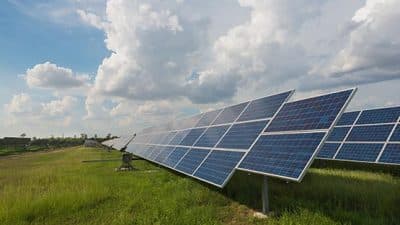America’s farmers care about sustainable practices, including managing food waste.
No Taste for Waste is a national initiative to raise awareness about the issue of food waste. Its website said reducing waste “has become part of doing business on the farm. The methods (farmers) use depend on the types of crops they grow. Some donate excess produce to food banks and families in need. Some find ways to utilize cosmetically challenged produce.”
According to the program’s website, between 125 and 160 billion pounds of food are left uneaten in the U.S. annually. And the No. 1 source of landfill content is food waste, which accounts for about 21 percent each year.

Households are responsible for the largest portion of that waste at 238 pounds of food per person. The average American family throws away 25 percent of the food and beverages they purchase. No Taste for Waste, of which the American Farm Bureau Federation is a supporting partner, said consumers can do their part to prevent food waste.
The program encourages consumers to treat their freezers as efficient, hardworking storage space and stock them with ingredients and meals to minimize prep time during the summer.
“Freezers offer an excellent opportunity as a season extender to store favorite locally produced food for later use after the growing season has ended,” noted Tony Banks, a commodity marketing specialist forVirginia Farm Bureau Federation. “Even small households can take advantage of freezers by preparing a batch of their favorite recipe and storing multiple smaller batches for later use.”
No Taste for Waste offers the following tips to help save search time and eliminate waste:
- Bag it—Use re-sealable quart and gallon freezer bags to portion food. Before sealing, flatten out the bag and remove as much air as possible. This makes the bag uniform, staves off freezer burn and makes it easier to thaw the contents.
- Square fit—Square containers stack easily and tuck into corners to fill freezer space.
- Foil containers—These work well for items that can go straight to the oven frozen, such as lasagna, casseroles and stews.
- Bin mates—consider open-top, clear plastic bins for grouping like items, stacking freezer bags upright or corralling odd-shaped packages.
- Rotate regularly—to avoid forgetting about items buried in the bottom or back of the freezer, rotate food when adding new items. Oldest food should be stored on top or in front. Label items with dates and contents before storing them.










